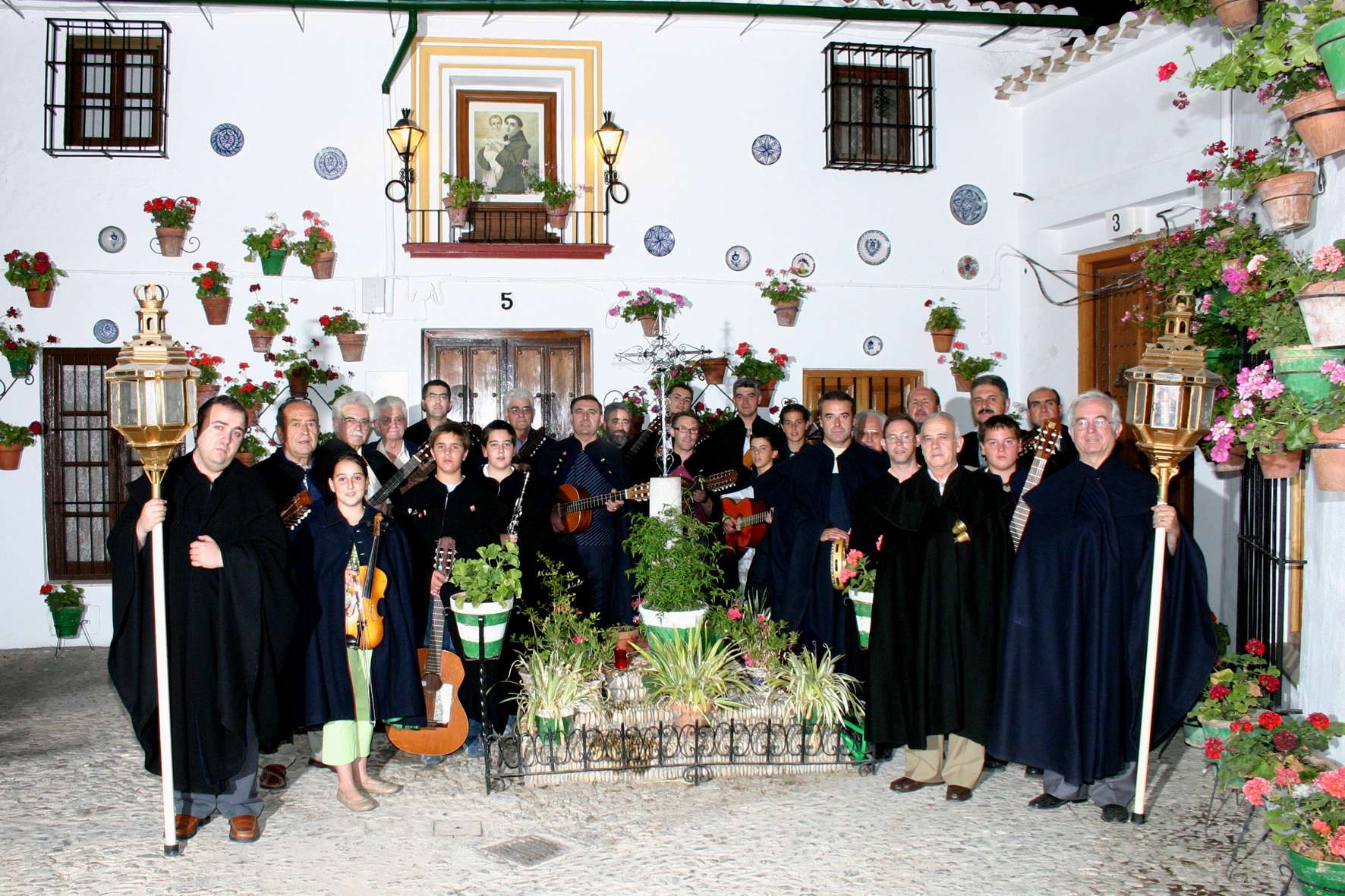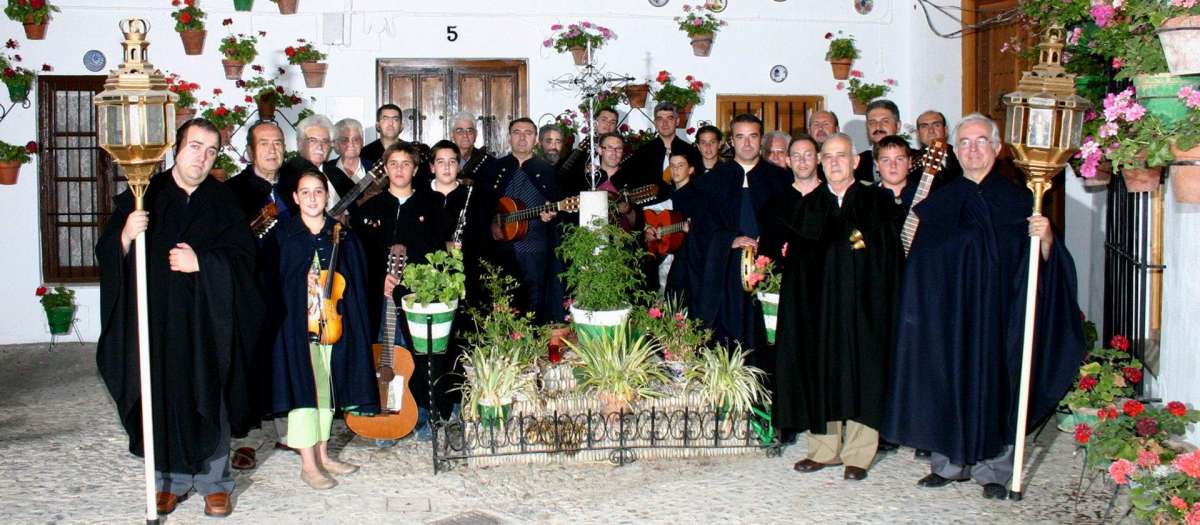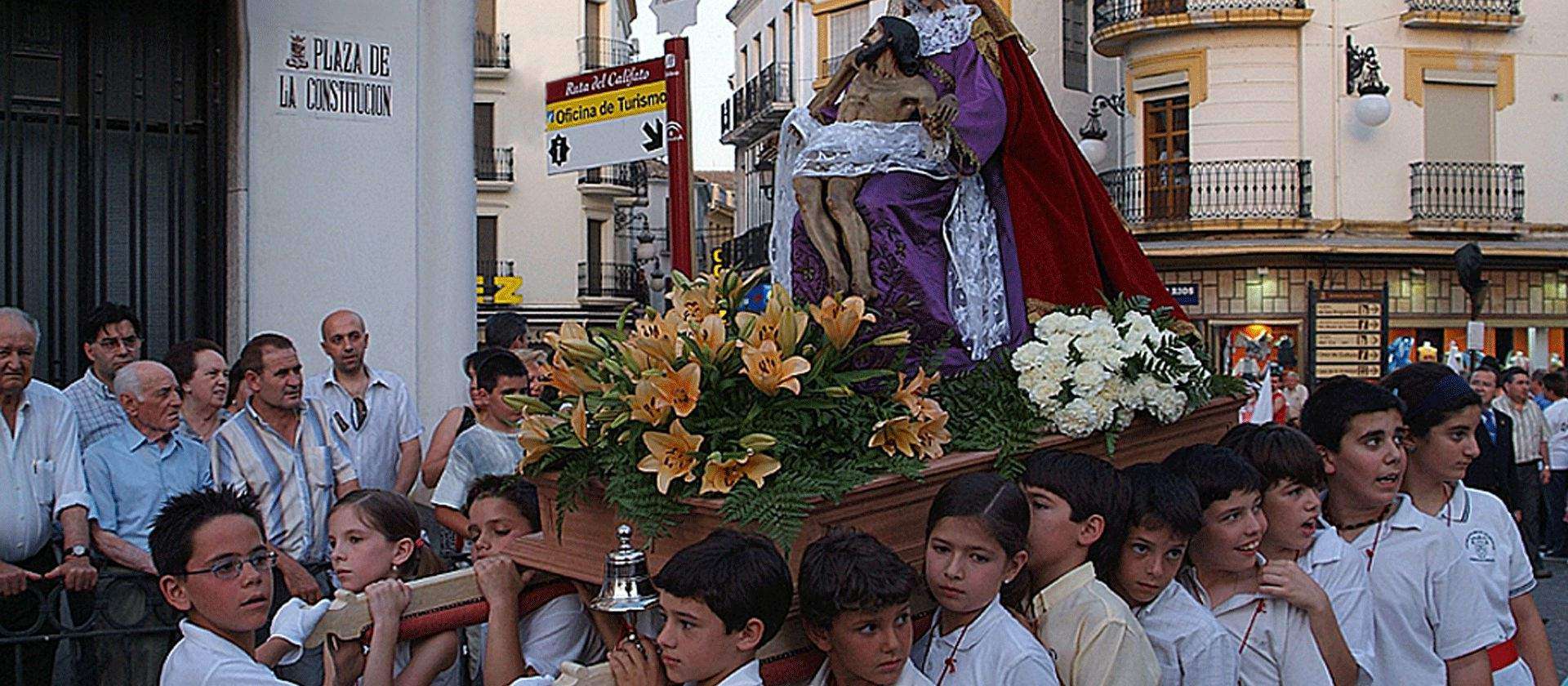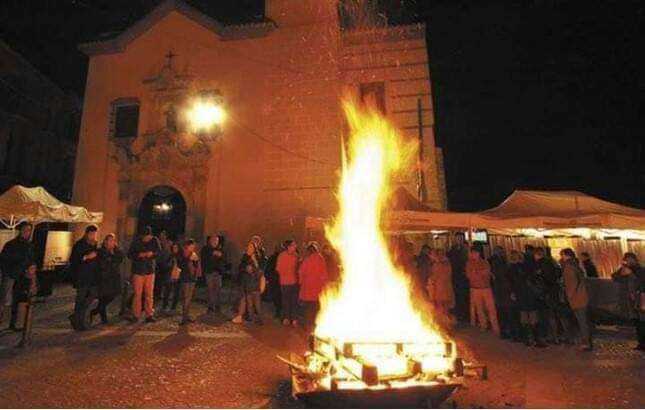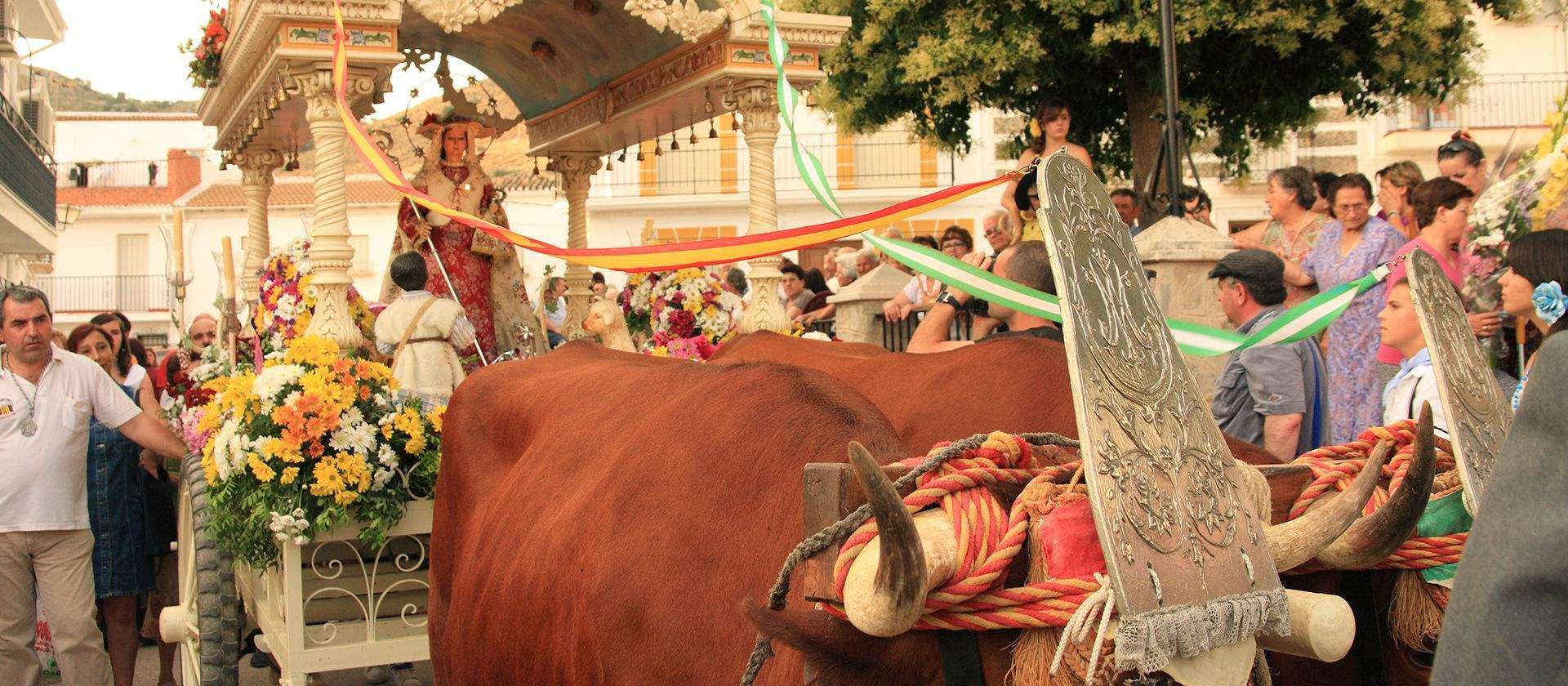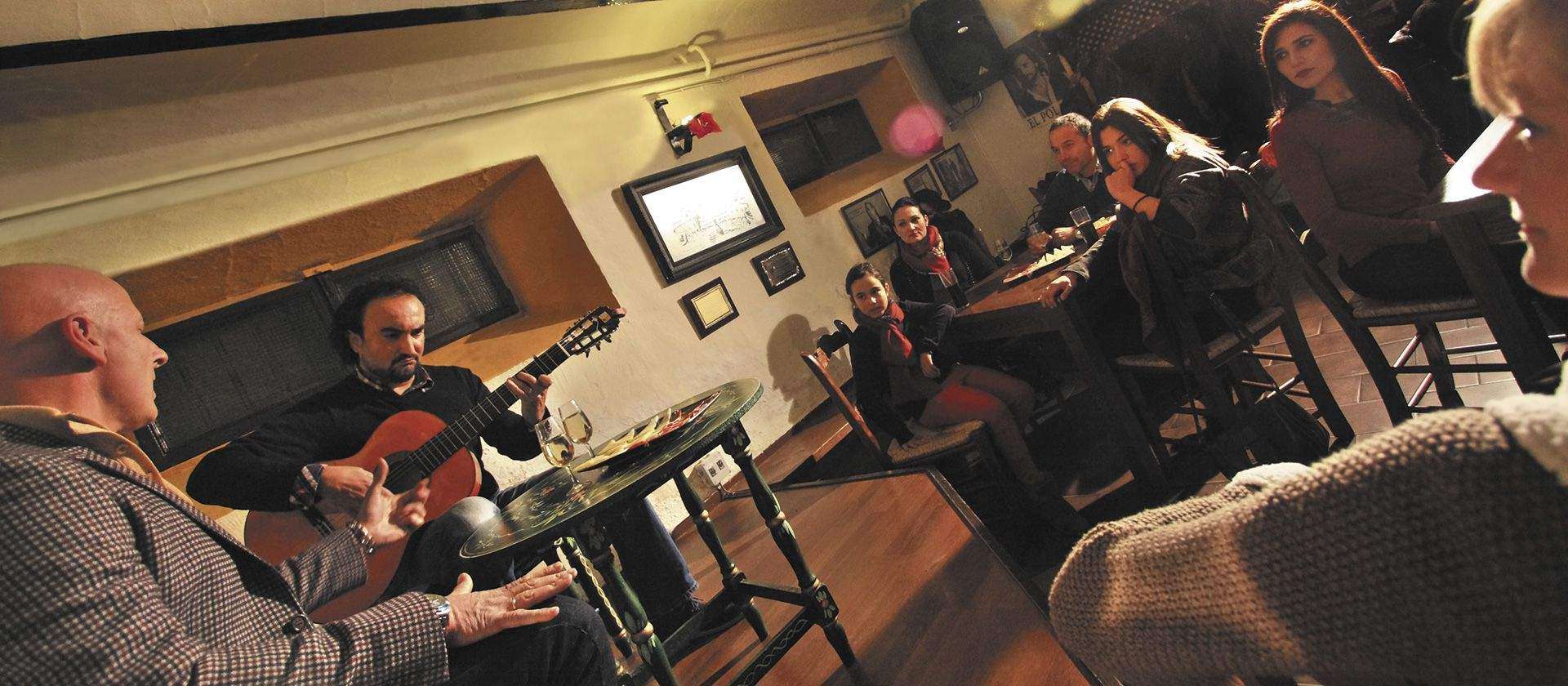"The Brothers of the Aurora" are a group of bell ringers who, from the time we have records in the Brotherhood (1696) until today, roam the streets of our city every Saturday of the year (from midnight on Saturday to Sunday), singing the verses that the people themselves have written for this purpose, with a non-uniform metric and the same melody, calling the faithful to devoutly recite the Rosary, among praises to God, the Saints, and above all to their Mother, the Virgin of the Aurora.
The Public Rosary, originally formed by men, but the massive enrollment of women to obtain the graces granted by their participation caused incidents that led to their prohibition for many years.
On July 28, 1780, at 9:10 p.m., when they reached the corners of the intersection of Alba, Cañamero, Torrejón, and Nueva streets, the Rosaries of the Aurora and the Mercedes met, insulting each other, causing scandal and tumult of such seriousness that they "could have caused a riot or uprising"... hence the typical saying "WE ARE GOING TO END UP LIKE IN THE ROSARY OF THE AURORA."
Another characteristic is that every Saturday of the year, a kind of money box called "cepo" is requested, with a popular saying that says: "YOU ASK FOR MORE THAN THE BROTHERS OF THE AURORA."
Without a doubt, it is one of the traditions that, due to its constancy, is most liked by all visitors and that the people of Priego have most deeply rooted in their hearts.
Brief History of the Venerable Brotherhood
The beginnings of this Venerable Brotherhood date back to the 17th century, as it is already found constituted in the hermitage of San Nicasio, with the title of the Congregation of the Holy Rosary.
The oldest book of chapters preserved in the Brotherhood's archive begins on the first day of the year 1696. The Brotherhood is designated with the title of Ntra. Sra. del Rosario and three years later, in 1699, with the alternating name of Ntra. Sra. de la Aurora, shortly thereafter, the name of the Brotherhood of Ntra. Sra. del Rosario was definitively lost. The primitive book of constitutions was lost a few years later, so it is unknown who its founders were and the exact date of its foundation.
In 1706, it had been agreed that, due to the need of the Brotherhood, to make a carved image of Ntra. Sra. de la Aurora that "would serve to increase the devotion of said Brotherhood, because the image that exists today is Ntra. Sra. del Rosario and does not bear the name of said Brotherhood." Thus, D. Antonio Alegre, elder brother, and D. Francisco Valdivia, warden, went to the city of Granada and negotiated the cost of the image.
The artistic renovation of the hermitage dates from 1711, the date on which the elder brother D. Bartolomé Madrid decided to make a retable for the Virgin's altar. The completion of the works was in 1772, a date that appears on the cornice of the portal.
The co-patron of the Brotherhood is San Nicasio, Patron of Priego, born in Reims in the 4th century of our era. In 394, he was elevated to the dignity of Bishop of his city, becoming the tenth bishop of it. Founder of the new Cathedral, erected on the basilica of the Holy Apostles and dedicated to the Virgin Mary.
When Reims was invaded by the Vandals, he refused to leave the city. On the contrary, he urged the inhabitants of the city to serenely endure martyrdom. In 407, he was martyred by the barbarians alongside the deacon Florencio and the reader Jocundo at the door of the church of Our Lady. As he recited the psalm, according to tradition, his head was cut off, and even on the ground, he continued reciting.
The devotion of Priego to San Nicasio must be traced back to the 16th century, based on the healing of the Marquis of Priego from the disease of contagion or plague. In 1528, in the chapter act of August 15, it was established that "some celebrations should be held for the joy of the health of his lordship and so that the people may take pleasure in it," at the door of the Church of San Nicasio.
The belief in the protection of the Saint against so-called "infectious" diseases would give rise to his patronage, something very widespread at the time.
Two important events would follow to establish his devotion. One of them was the foundation in the 16th century of the San Nicasio school, a pious work of San Juan de Ávila, which would be the elementary school of the town for a long time, and where many generations of Priego residents were trained, leading to San Nicasio being loved by all who passed through its classrooms.
The other would be the donation of the saint's relic, brought from Flanders by Lieutenant Francisco Márquez in 1581, conducting a solemn procession of the Relic on the feast day of the Patron Saint, December 14, an act that would be carried out for several centuries and that would lead the people to have their Patron Saint close, venerating him for a long time.
This Venerable Brotherhood carries out many and very endearing activities. Among all of them, we can clearly highlight three:
-
On Passion Saturday, a solemn Way of the Cross is held with the Holy Christ of Ánimas, a carving from the 16th century, before which San Juan de Ávila prayed during his long stay in Priego. It is later veiled on Holy Thursday night, with a watch duty throughout the afternoon until late at night.
-
In the week in which September 12 falls, the feast day of the Virgin of the Aurora, the venerated image of Our Lady goes out in procession, preceded by a Septenary of preparation and a curious auction of jasmine garlands with chains, braided by the women of the brotherhood each evening before the septenary.
-
Undoubtedly, one of the most endearing characteristics of both this Brotherhood and the town of Priego is the "HERMANOS DE LA AURORA" (Brothers of the Dawn).







